by T. Gail Pritchard, PhD, College of Medicine, University of Arizona

http://columnfivemedia.com/work-items/good-infographic-outbreak-%E2%80%94-deadliest-pandemics-in-history/
This past summer, I took a course in global health. Not surprisingly, a great deal of the course focused in infectious diseases in developing nations. As part of our readings, lectures, and discussions, the origins of many of these diseases, the pathways to treatment and/or cure, and the impact on world history was featured. Of course as we covered various infectious diseases from cholera to HIV/AIDS, from malaria to polio, and from small pox to yellow fever, I made connections with children’s and young adult books I have read, Continue reading


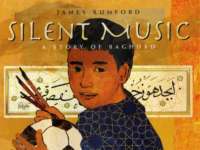 In Jeanette Winter’s
In Jeanette Winter’s 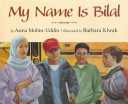 After looking at the 11 picturebooks in this collection I came away with the realization that these books merely covered a few regions that Muslims occupy as well as a handful of situations. These limited portrayals provide only a window of restricted representations. For instance, the necessary voices of children living in the Western countries are represented in books that come across as didactic and may turn off the audience in western countries even if the content is culturally relevant. Amira’s Totally Chocolate World and Mobin-Uddin’s
After looking at the 11 picturebooks in this collection I came away with the realization that these books merely covered a few regions that Muslims occupy as well as a handful of situations. These limited portrayals provide only a window of restricted representations. For instance, the necessary voices of children living in the Western countries are represented in books that come across as didactic and may turn off the audience in western countries even if the content is culturally relevant. Amira’s Totally Chocolate World and Mobin-Uddin’s 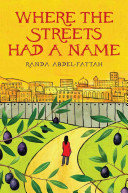 As I work on a project evaluating the authenticity of Muslim Voices in text I have been surprised by the number of books out there that are both of quality and taste. As an educator scholar of the Muslim Voices Project, being conducted under the auspices of the Humanities Council New York, I helped suggest and select the following list – still in need of some abridgement. As I read and evaluate the list I will share my thoughts about some of them in this forum. The list along with a short descriptor is as follows:
As I work on a project evaluating the authenticity of Muslim Voices in text I have been surprised by the number of books out there that are both of quality and taste. As an educator scholar of the Muslim Voices Project, being conducted under the auspices of the Humanities Council New York, I helped suggest and select the following list – still in need of some abridgement. As I read and evaluate the list I will share my thoughts about some of them in this forum. The list along with a short descriptor is as follows: 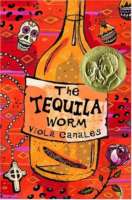 In the past three weeks I’ve shared a number of books set in the Rio Grande Valley (RGV) and written by RGV authors. These books feature the culture and traditions of the mostly Latino, working class population in this geographical region along the Texas-Mexico border.
In the past three weeks I’ve shared a number of books set in the Rio Grande Valley (RGV) and written by RGV authors. These books feature the culture and traditions of the mostly Latino, working class population in this geographical region along the Texas-Mexico border.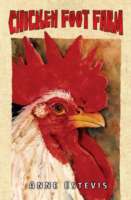 The Rio Grande Valley (RGV) of South Texas is a place of movement and change. As a Midwestern native now living in the RGV, I joined a history of immigrants to the Valley since the mid-1700s. Today emigration and immigration continues as Americans move to the RGV to pursue business opportunities, Mexicans move for economic opportunity and to flee drug cartel violence, and migrant farm workers harvest crops in the RGV in the winter and travel to other agricultural areas in the summer.
The Rio Grande Valley (RGV) of South Texas is a place of movement and change. As a Midwestern native now living in the RGV, I joined a history of immigrants to the Valley since the mid-1700s. Today emigration and immigration continues as Americans move to the RGV to pursue business opportunities, Mexicans move for economic opportunity and to flee drug cartel violence, and migrant farm workers harvest crops in the RGV in the winter and travel to other agricultural areas in the summer.  When children see their lives represented in literature, it shows them that those lives are worth representing. This holds special importance when children come from cultures or areas that are historically isolated, overlooked, or oppressed. The Rio Grande Valley (RGV) of South Texas has been all three. Because of its rural and isolated location, in many ways the RGV has had closer connections with Mexico than with the rest of Texas or the United States.
When children see their lives represented in literature, it shows them that those lives are worth representing. This holds special importance when children come from cultures or areas that are historically isolated, overlooked, or oppressed. The Rio Grande Valley (RGV) of South Texas has been all three. Because of its rural and isolated location, in many ways the RGV has had closer connections with Mexico than with the rest of Texas or the United States.  In 1992 I left my hometown in Indiana and moved 1500 miles away for a teaching job in the Rio Grande Valley (RGV) of South Texas. In doing so, I discovered a unique geographic and cultural region of the United States.
In 1992 I left my hometown in Indiana and moved 1500 miles away for a teaching job in the Rio Grande Valley (RGV) of South Texas. In doing so, I discovered a unique geographic and cultural region of the United States.